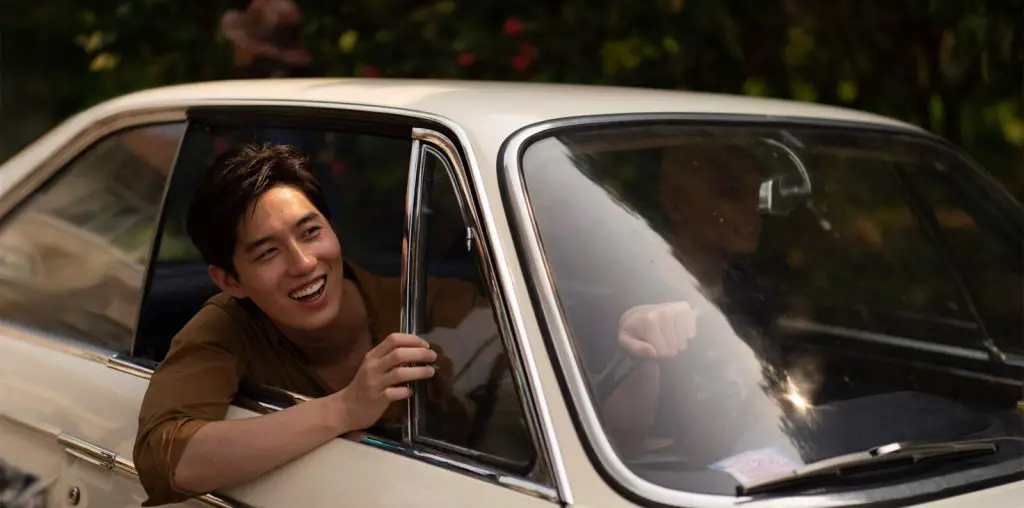
Some artists spend entire careers recycling and reshaping a defining experience from their youth. Charles Bukowski wrote into old age about the couple years he bummed around the country in his twenties. Richard Yates rarely wrote a novel or story that didn’t revolve around a delusional mother. What made them great is that they found something new each time they went back to the same old well.
Writer-director David Ayer is like that. Kicked out of his Maryland home as a teenager, he moved to South Central LA to live with a cousin and later enlisted in the Navy as a submariner. That’s everything you need to know to appreciate the obsessions he eventually channeled into films such as Harsh Times, Street Kings, Training Day and End of Watch.
Everything he’s ever written or directed has had to do with South Central, men in gangs of one type or another or both. The first script he ever wrote was for U-571, the story of men at war in the close quarters of a sub. A pretty straight thematic line can be traced to his latest, the story of men at war in the closer quarters of a Sherman tank.
The gangs in Fury, of course, are the American and German armies. The film takes place in April of 1945, the last month of the second world war. Commanding the eponymous killing machine is a quietly complicated sergeant nicknamed Wardaddy. Brad Pitt plays him with such no-nonsense intensity that memories of Inglourious Basterds’ Aldo Raine retreat to the back of the mind in a hurry.
He’s a man with a dual mission: Obliterate as many remaining Nazis as possible and keep his crew alive until it’s all over. As the story opens, the one member he’s lost in three years of battle is replaced with a reluctant clerk typist (Logan Lerman). He’s an almost comical sight next to the hardened animals played convincingly by Michael Peña, Shia LaBeouf and Jon Bernthal, and doubtless will remind many of the reluctant translator (Jeremy Davies) in Saving Private Ryan. But that’s where comparison to Spielberg’s WWII tale or any other ends.
Because Fury, to my knowledge, is the first picture which, rather than being designed to tell a war story, has been designed to convey the experience of warfare itself. The film literally does not have a plot. Do the experiences of real life soldiers have plots? No, they have outbursts of grisly, deafening, chaos punctuated by periods of waiting, joking and, occasionally, pillaging. For 134 minutes that’s exactly what Ayer gives us.
Don’t get me wrong-the movie also has brilliantly choreographed tank battles. It has displays of heroic daring and inhuman savagery along with moments of unexpected tenderness. But it does not tell a story in the traditional sense. By the time the credits roll, however, you’ll have learned a little of what it’s like to exist in a rolling can in close quarters and constant fear. As you leave the theater, you’ll swear you can feel the mud in your shoes and the blood on your hands. Don’t be surprised if you have nightmares. I mean that as high praise.
My guess is many will feel something was missing, that they were shortchanged in some way. My feeling though is that Fury qualifies as an extraordinary, entirely unprecedented cinematic experiment. Ayer’s mission wasn’t to harness the latest technology in the service of a time-honored genre. It was to honor the service of those who were there by depicting the full horror of that time. I’d say he’s safe in declaring victory.
